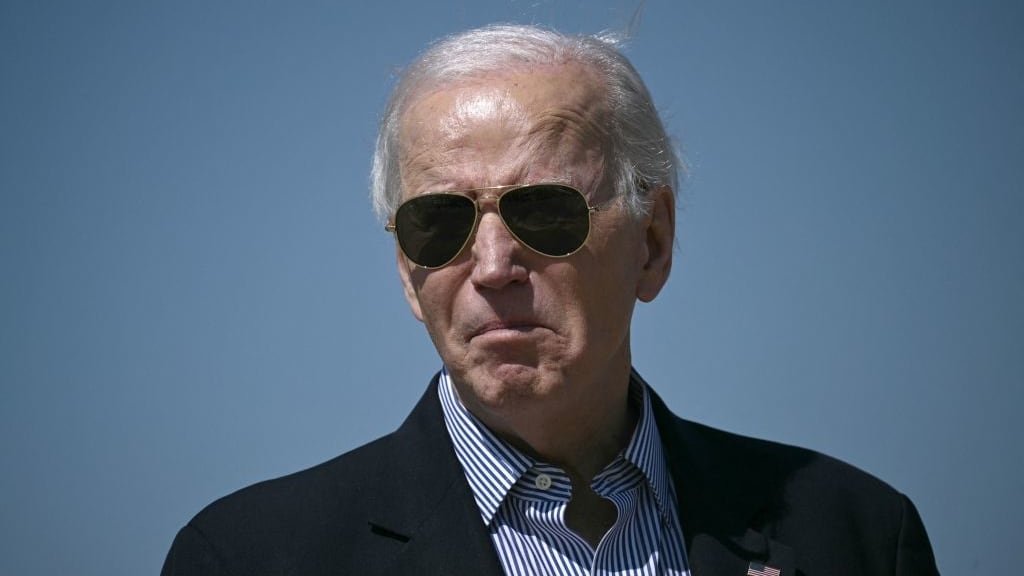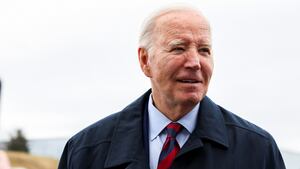Organizers of a protest movement opposing President Joe Biden’s support for Israel’s war against Hamas in Gaza hoped to send the 2024 presumptive Democratic nominee a message in Tuesday’s Wisconsin Democratic primary by securing 20,682 “uninstructed” votes, the state’s version of “uncommitted.”
The specific figure is the number of votes by which Biden defeated Donald Trump in Wisconsin in the 2020 presidential election. As of Wednesday morning, with 99 percent of votes counted, “uninstructed” had amassed 47,846 votes—more than double the organizers’ goal and a potentially concerning result for Biden in a key swing state.
The president easily won in Wisconsin with 88.6 percent of the ballot, according to the Associated Press. But the protest vote’s 8.4 percent was nevertheless celebrated by the protest vote’s organizers, who had encouraged Americans to let “President Biden know that Wisconsin stands against genocide.”
Biden also won in the other three states—Connecticut, New York, and Rhode Island—that held presidential primaries Tuesday. In Connecticut, “uncommitted” secured 11.5 percent of the ballot (7,492 votes), while Rhode Island’s protest vote took 14.9 percent (3,752 votes). New York did not have an “uncommitted” option on the ballot, so organizers instead encouraged voters to leave their ballots blank in protest instead. Those blank ballots are not tallied in the initial results, so the size of that state’s protest won’t be known until the official results of the primary are certified.
Trump similarly faced opposition in the Republican primaries Tuesday despite also winning all four states.
In Wisconsin, which he won with 79.2 percent of the vote, his former GOP nomination rival Nikki Haley managed to garner 12.8 percent of the vote despite dropping out of the race almost a month ago. The former South Carolina governor also took a similar proportion in New York and fared even better in Connecticut, with 13.9 percent. A little under 11 percent voted for Haley in Rhode Island.
It remains unclear how many of those Democratic and Republican protest voters will fall in behind their parties’ respective candidates come November.







